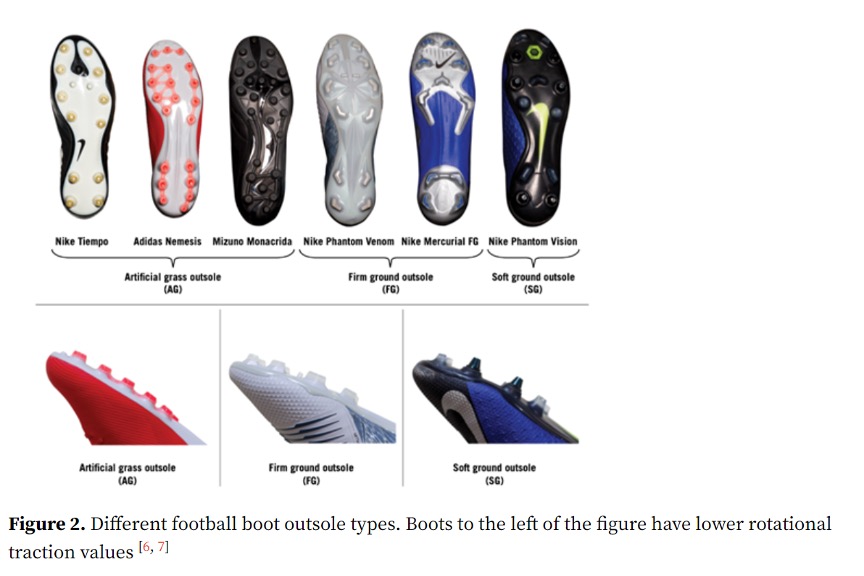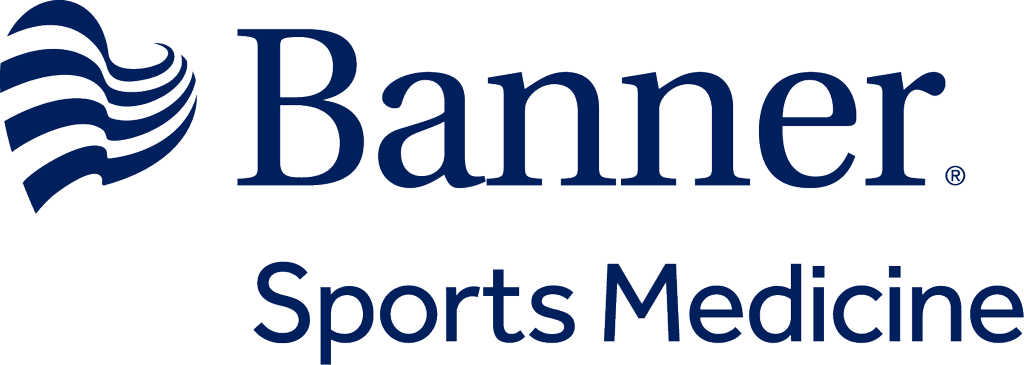The anterior cruciate ligament (ACL) is a crucial ligament in the knee joint that is frequently injured, especially in elite athletes. Females are up to eight times more likely to suffer an ACL tear than males due to anatomical, biomechanical, and hormonal differences.
Why ACL Injuries are More Common in Women:
- Anatomy: Wider hips and a more knock-kneed stance alter the knee joint, increasing the risk of ACL injuries during movements like jumping, pivoting, and landing.
- Biomechanics: Women tend to land with straighter knees and less core engagement, putting more stress on the ACL.
- Hormones: Fluctuations in collagen elasticity throughout the menstrual cycle increase the risk of ACL injury.
Prevention Strategies:
- Consistent Training: Engage in strength and flexibility exercises during the off-season to improve balance and coordination.
- Proper Landing Techniques: Practice bending knees during landings and directional changes.
- Warm-up and Stretching: Incorporate sport-specific exercises and stretching to prevent muscle strains.
- Strengthening: Focus on lower body and core muscles, including glutes, hamstrings, and quadriceps.
- Proper Equipment: Wear shoes or boots tailored to individual needs and body shapes, with suitable studs for the playing surface.
Additional Considerations:
- Specific Physiotherapy Programs: Implement programs to reduce injury risk and address psychological factors like fear of re-injury and lack of confidence.
- Return to Sport: Address psychological factors to ensure a successful return to sport after ACL injury.
By understanding the risks and implementing prevention strategies, female athletes can reduce their likelihood of ACL injuries and maintain a healthy, active lifestyle.
The soccer boots and playing surface also play a role. The length of the studs, and the type of studs on each type of playing surface. Shoes or boots should be tailored to the needs and body shapes of female athletes. Specific physiotherapy programs and training programs and training protocols have yielded remarkable results in reducing the risk of injury, and these should be programed for female athletes. Finally, psychological factors should not be overlooked, with females greater fear of re-injury and lack of confidence in their knee compromising their return to sport after ACL injury.

Warm up and stretching exercises to help reduce the risk of injury.
Sweden Knee Control Warm-up
The Knee Control program reduces the risk of suffering an anterior cruciate ligament injury by 64% if you implement the program, in connection with your pre-training warm up for 10-15 minutes at least twice a week. The exercises are adapted to enable you to incorporate them into a normal training session and contain 6 basic exercises with 4 levels of difficulty. Progress as athlete obtains strength.
Sanford Knee Prevention
Models 5-6 month ACL rehab program Dynamic stretch, LE strength, plyos training, hip/core, agility training, movement All prevention programs show reduction in knee injuries through research, but this one specifically addresses the hip which decreases knee valgus (diving in at the knee) during movement. *Most common factor for ACL tear.
FIFA 11+
Warm-up program performed prior to training will reduce injuries by up to 50%. Prior to matches, only the running exercises should be performed. Progress as each level is mastered.

































































































































































































































































